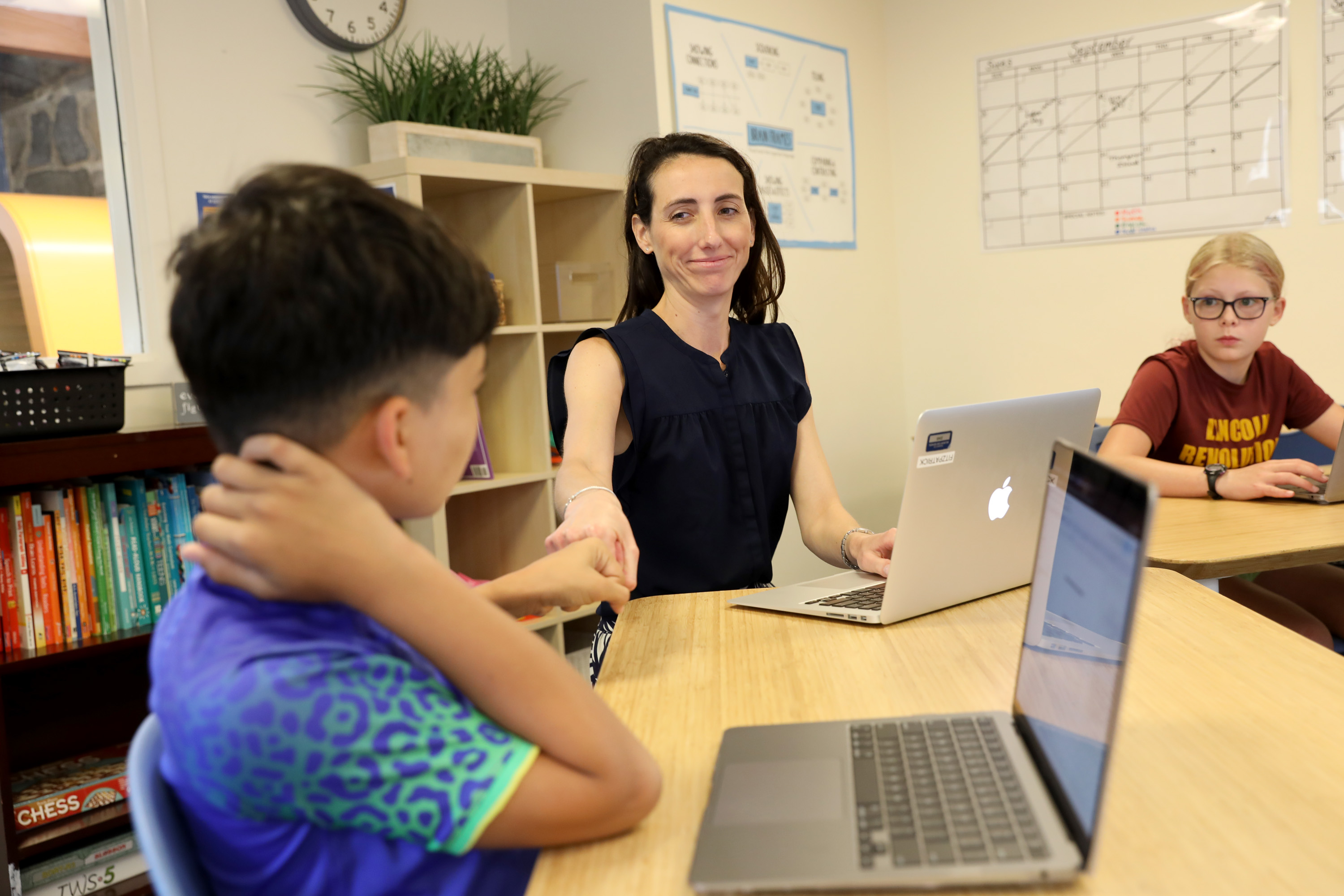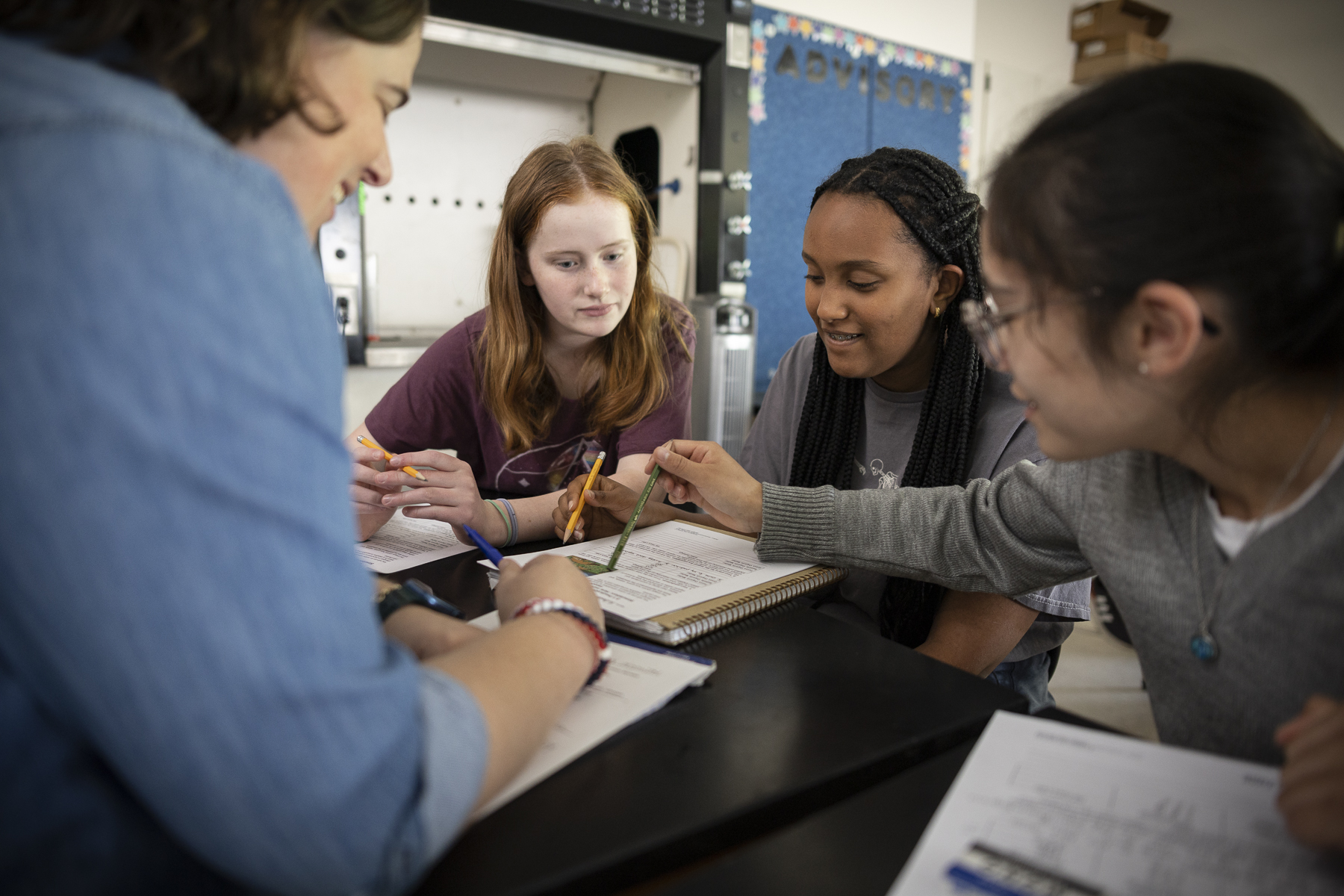
2 minute read
Finding the Sweet Spot for Learning
Liz Gray Middle School Head
Sometimes, when we think of excellence in education, we focus solely on rigor. The dictionary says rigor means “the quality of being extremely thorough, exhaustive, or accurate.” For some people, this means a greater quantity of work—more pages read, more levels completed. Of course, challenge matters, but the best research in this field—and the experiences of skilled educators at Belmont Day—tells us it is not the only factor.
In the 20th century, two Eastern European psychologists developed overlapping ideas about where learning happens best. Soviet Lev Vygotsky wrote about the Zone of Proximal Development.
Hungarian Mihaly Csikszentmihalyi studied flow, a mental state where the individual is focused, motivated, and fully immersed in an activity or task. Both concepts point to a sweet spot where students are neither bored by work that is too easy nor anxious or confused by subject matter that is too hard. In the 1980s, a third psychologist, John Sweller, wrote about cognitive load theory. Sweller argued that our brains have a limited capacity to process new information. Once overwhelmed, we stop processing.
We believe one other element plays into priming children to learn—the social context. Do students feel safe and known?
Do they enjoy a setting that is free from discrimination and bias? Do they have support from trusted adults and peers around them?
Our teachers aim for that sweet spot where learning is challenging, but students are not left anxious or confused. By knowing students well, faculty can determine where students are finding flow and where they are shutting down. This is the reason we value a whole-child approach, emphasizing mental health support and diversity, equity, inclusion, and belonging. It explains why our approach is not and will never be simply that more is better.





